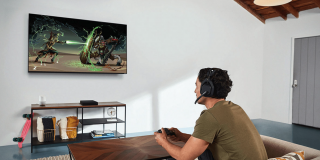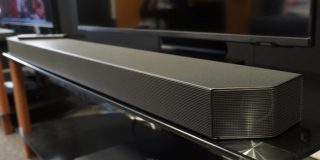How to Care for Your Outdoor TV
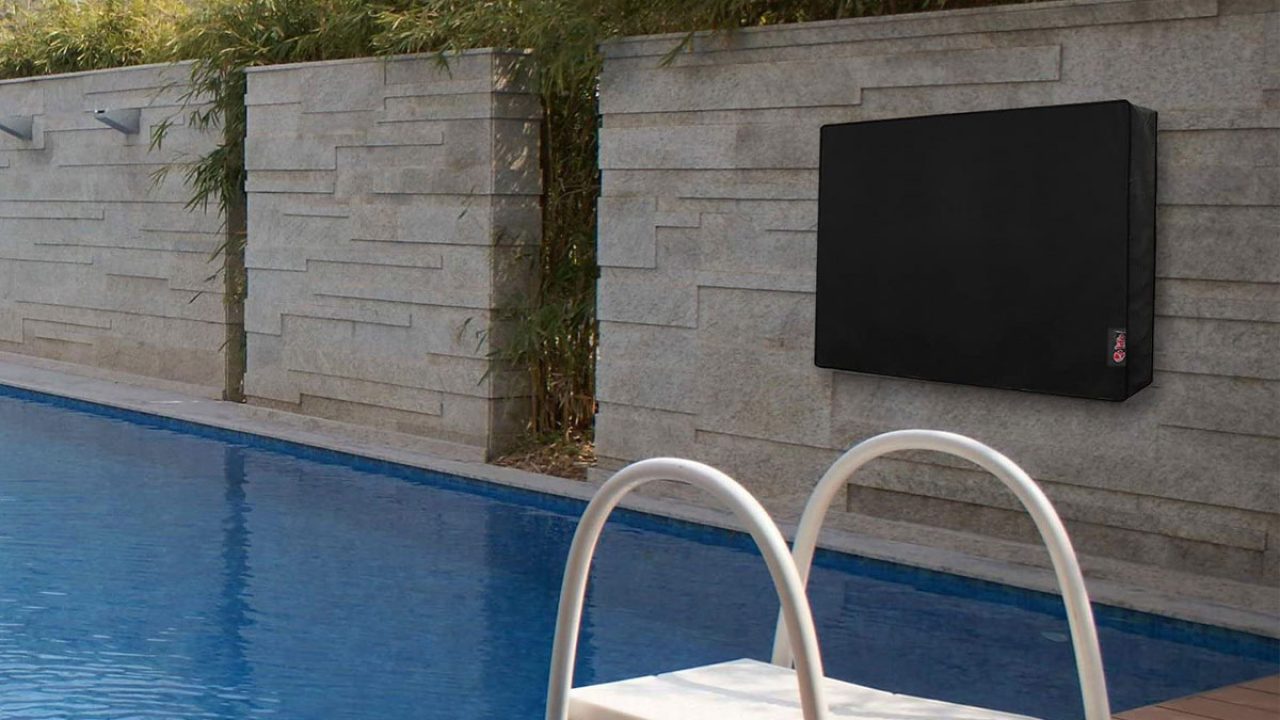
While most TVs are located indoors, some homeowners prefer watching movies on their patio. It can be a comfortable way to spend time, but an outdoor TV comes with some risks. Without proper care, your device can get damaged quite easily.
Below, you’ll learn all about protecting your outdoor TV. There are many things you can do to ensure it lasts longer. Read on to find out more.
Taking Care of Your Outdoor TV
You’re not obligated to take all of the steps below, but we recommend going with those relevant to your location and situation. The TV will be much safer if you follow some of these tips, with each additional one providing a better experience.
Get an Outdoor TV
Your standard OLED TV may not be designed for outdoor use, and the slightest moisture infiltration can damage the internal components. Therefore, some manufacturers design outdoor TV units with some form of weatherproofing. You’ll find that they’re tougher and can usually withstand temperature changes, too.
Some models even have integrated fans and heating devices to regulate the temperature. Reduced glare and brighter screens are two other features regular TVs may not have.
Currently, outdoor TVs aren’t the best in terms of image quality, and some of them have subpar weatherproofing. However, it’s possible the technology can improve over time.
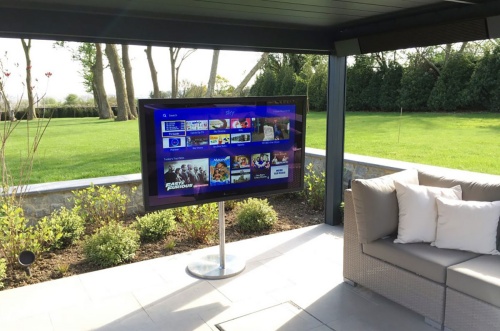
Investing in one can reduce maintenance and chances of breakdowns. Still, since there are fewer choices for reliable outdoor TVs, it’s understandable that some people prefer standard TVs.
During the cold winter months, it’s best to bring the TV inside. It’s likely too uncomfortable to enjoy a movie outside, and you want it to stay functional.
Choose the Proper Location
Where you mount the TV will affect how susceptible it is to damage. It would be best if you looked for a place away from direct sunlight and rain. Being in the shade not only reduces glare, but the plastic will stay intact for far longer than if it was exposed to constant sunlight.
Heat can also melt plastic parts, such as the casing, screen, and cables. The TV should be at least six feet away from heat sources, including grills and fire pits. These objects can easily disable your TV if left too close.
The rain can damage internal circuitry and components, permanently putting the TV out of commission.
If you’re not able to maintain a constant temperature, consider placing a fan or heater near the TV. A regulated temperature around the device can help it stay functional.
The best locations to place a TV are under a patio awning or another covered area.
Create Shade
Even in the right location, sunlight and moisture can still be a problem. That’s why some coverings and shade around the patio can preserve the TV from harm. There are fewer openings for sunlight to hit your eyes or the screen.
Should the weather change suddenly, the coverings can further protect the TV.
Get a TV Cover
Even if you watch TV outside every day, it’s not advised to leave it uncovered when not in use. A waterproof TV cover can do much in preserving it from the elements. When you’re not going to use the TV anymore, covering it up will help to prolong its life.
Waterproof TV covers can last for a long time since a standard cover may not endure for long under harsher weather. When shopping, look for heavy-duty cover material to ensure it doesn’t let you down.
Thick material can also protect the TV from physical harm, especially scratches. There’s no telling what objects (or animals) might crash into the screen, and having an extra layer of protection is always beneficial.
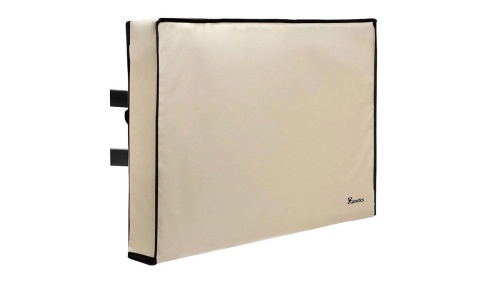
TV covers come in several types. There are full covers, half covers, and flip-top covers.
Full TV covers will work with any outdoor TV, no matter the mount type. It covers the entire TV with water-resistant material. Some even have pockets for remote controls or other devices.
A half TV cover doesn’t offer complete protection but is a better option for TVs mounted in hard-to-reach locations. It will work with any mount type too. The back tends to be left unprotected, but the screen and most of the sides are safe from water damage.
Flip-top covers are convenient, as they let you watch TV right after flipping the cover over. When you’re going back inside, all you have to do is flip it back to the front. These covers can offer full coverage and come with storage pockets.
It’s best to get a cover exactly your TV’s size, as a tight one has less room for water or dirt to infiltrate. The cover should be tight yet accessible.
Use Waterproof Cables
Climate-proof cables are available for TVs, and they can function perfectly whether under heat or cold. They ensure you can send signals to your TV regardless of the weather or season.
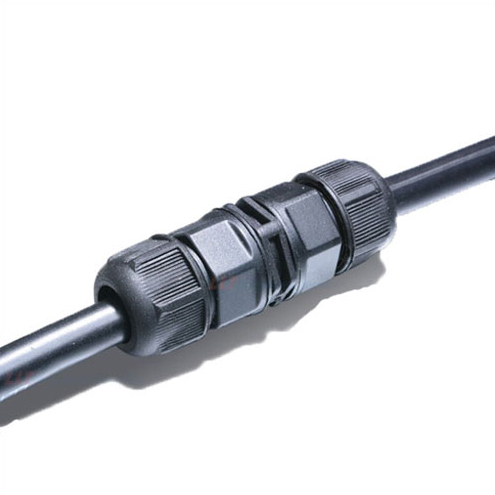
It’s also possible to protect the cables even further using cable sleeves. These can take a beating from the elements far more than the cables themselves.
The cables should also not be twisted, as that can cause cracks in the surface. In time, the cracks can become holes and let water in.
Get a TV Case
Some wall-mounted TVs can fit inside cases, which are usually sealed from rain and debris. You can either make one yourself or buy something that fits your model. The case has a mount inside, which secures the screen.
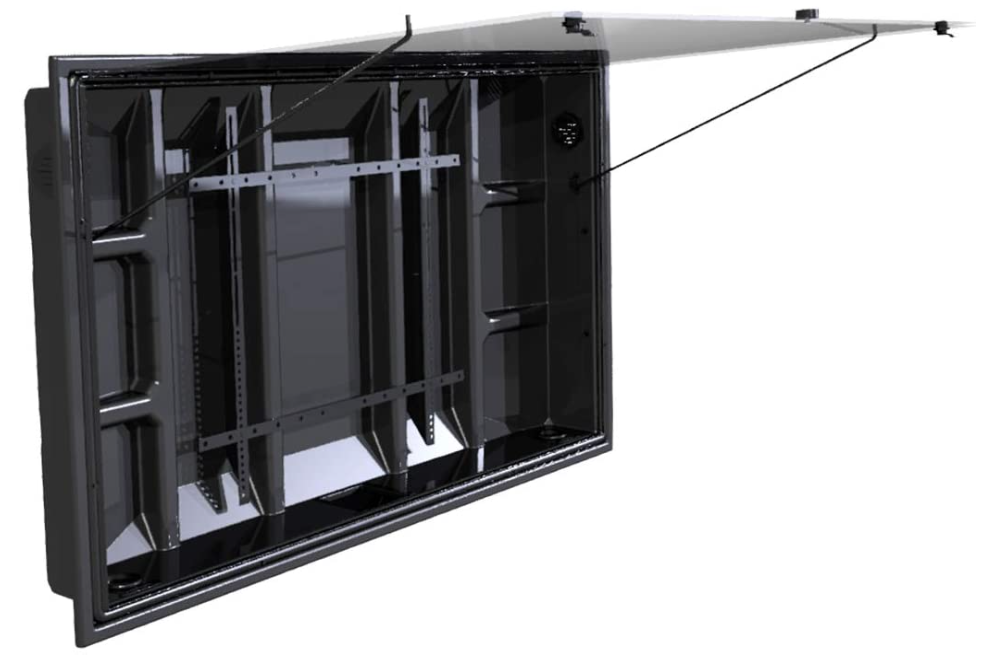
A TV case can protect the screen from mildew and rainwater, but it can be less effective under heat. Unless it has adequate ventilation, it can sometimes cause overheating.
In the event the TV falls off the mount due to poor installation or an accident, The case prevents it from crashing to the floor. When noticed, you can quickly mount it back correctly.
Costlier models may have heating units or fans to regulate the temperature. If you live in an area with four seasons, they’re a viable option to invest in.
TV cases don’t always protect the devices from moisture, but it’s possible to place some desiccant packets inside. For example, silica gel can absorb the water instead of letting it seep into the TV.
Get a TV Cabinet
Unlike cases, TV cabinets are larger and can protect the TV from thieves. You can build one yourself or ask a professional to make it. They can also be outfitted with locks and motion sensors to prevent others from stealing an expensive model.
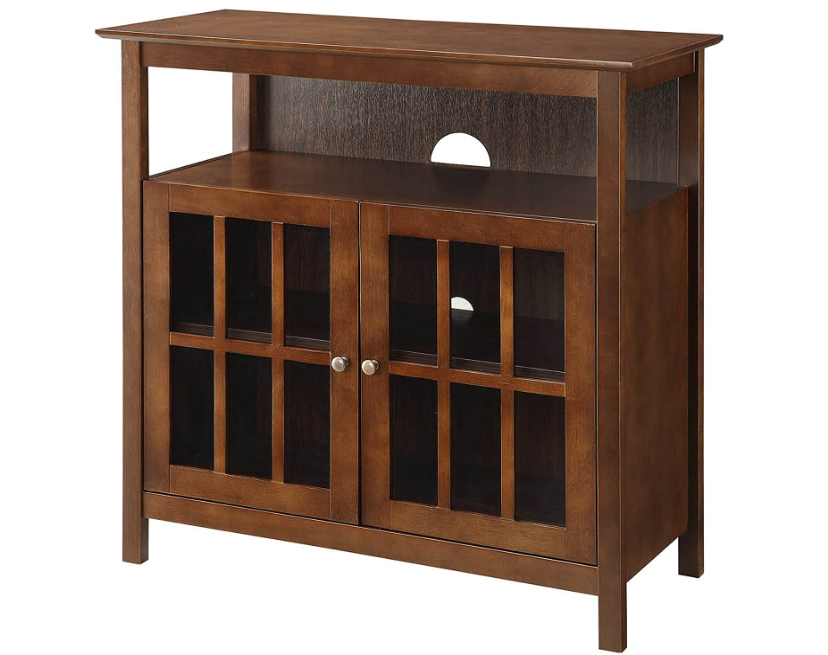
Cabinets can trap moisture inside too, and you can use similar desiccant packets. A larger desiccant box can fit inside if these aren’t enough. These will absorb more water, but you should change the silica gel frequently, especially in damp environments.
When the TV isn’t used, open the cabinet from time to time. The heat inside should be let out, as trapped heat can damage the chassis.
Weatherproof Sockets
Power sockets outdoors are at risk, and both moisture and heat can destroy the internals. As your TV is outside, it can be damaged along with the power socket. A high-quality weatherproof socket can reduce these risks immensely.
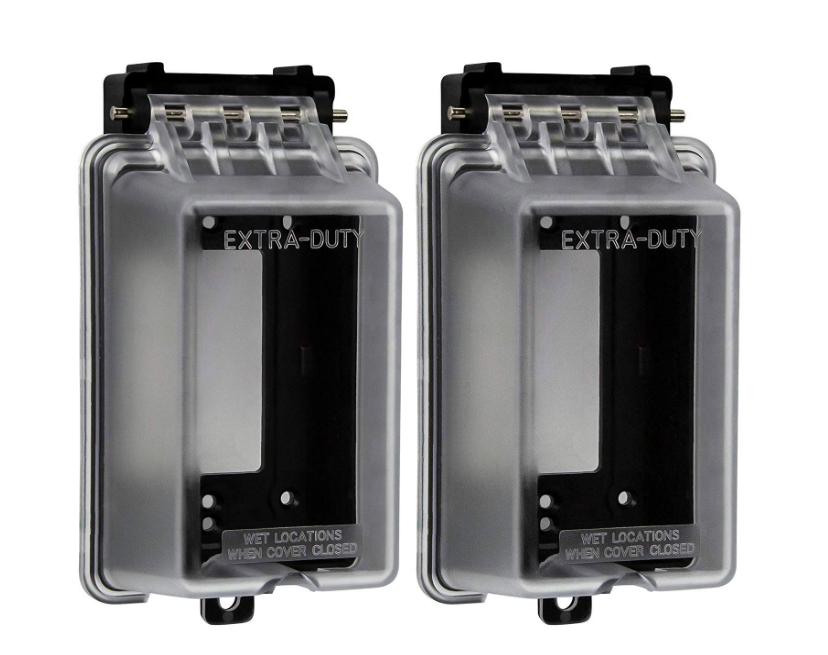
Seek professional assistance from a trained electrician when installing one of these sockets. They may also come with a cover to further prevent anything from infiltrating the socket.
Use Outdoor Mounts
An outdoor mount is usually rust-proof and can hold the TV still. You’ll have to drill a hole in the patio wall, as wall mounts are affixed to the surface this way. There are many different models, and not all will accommodate your TV.
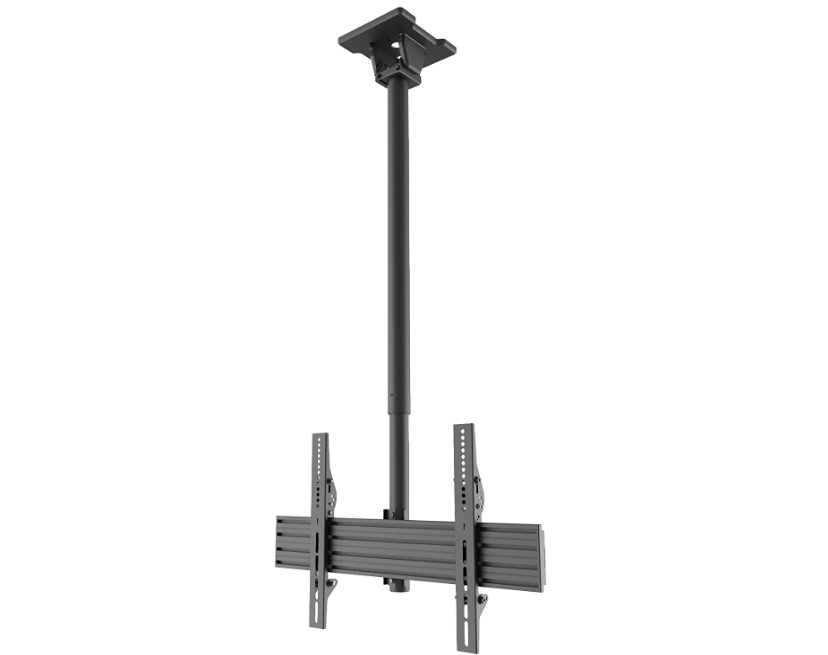
With some patience, you should be able to find a compatible mount and keep your TV safe from falls.
Clean the TV Regularly
Inside, a TV’s worst enemy is dust and oil, but things change when installing one in your outdoor living room or patio. Tree branches, rain, and other substances can get to the TV and reduce its performance. Dust can also block the coaxial cables or even enter the chassis.
When cleaning, make sure the entire surface isn’t ignored. That includes the screen, case, cables, and everything nearby. You might even discover mold, as TVs are warm and foster the growth of these organisms.
Use some household cleaning supplies to clean the area nearby. For the TV screen itself, don’t use harsh chemicals. A damp microfiber cloth is usually enough to get dust and oils off the surface.
If there are tougher stains, use a TV-safe cleaner. These will usually remove tougher stains, but otherwise, a dry or damp cloth will suffice.
Outdoor Entertainment
Watching TV on the patio is a wonderful experience, especially during cooler seasons. The air flows freely outside, but the risk of damage is also increased. With proper care, any TV set can be used outdoors without fear.
By following some of the steps above, you’ll notice that the TV set is much cleaner. Keeping it away from sun, rain, and debris is the best way to extend its longevity.






